Banking Renaissance - Strategic Challenges for Monte dei Paschi di Siena and Mediobanca
In a rapidly evolving financial climate, the Italian banking sector is witnessing a series of transformative moves that are reshaping traditional frameworks. Recent developments have thrust Monte dei Paschi di Siena and Mediobanca into the spotlight, drawing attention from industry analysts and financial experts alike. After Harvard Business School students visited Monte dei Paschi di Siena earlier this year to study potential rescue strategies, new proposals have emerged, further intensifying discussions about the future of these institutions.
Current Analysis and Underlying Factors
In January, a group of Harvard Business School students conducted an in-depth visit to Monte dei Paschi di Siena with the goal of understanding the bank’s challenges and exploring viable turnaround strategies. Their detailed observations became a cornerstone for later debates within financial circles. Now, a dramatic proposal has surfaced just days after that academic visit. Luigi Lovallo, the bank’s CEO with over 50 years of experience in the Italian banking environment, has tabled an unexpected bid for a hostile takeover of rival Mediobanca for approximately 12 billion euros (around 13.6 billion dollars).
Core Aspects of Banking Reforms
The proposed takeover is not merely an effort to expand the business’s scale; it is a strategic initiative aimed at optimizing the overall structure of the banking group. Despite mounting disagreements over Lovallo’s plan, several fundamental factors are emerging that could influence the outcome.
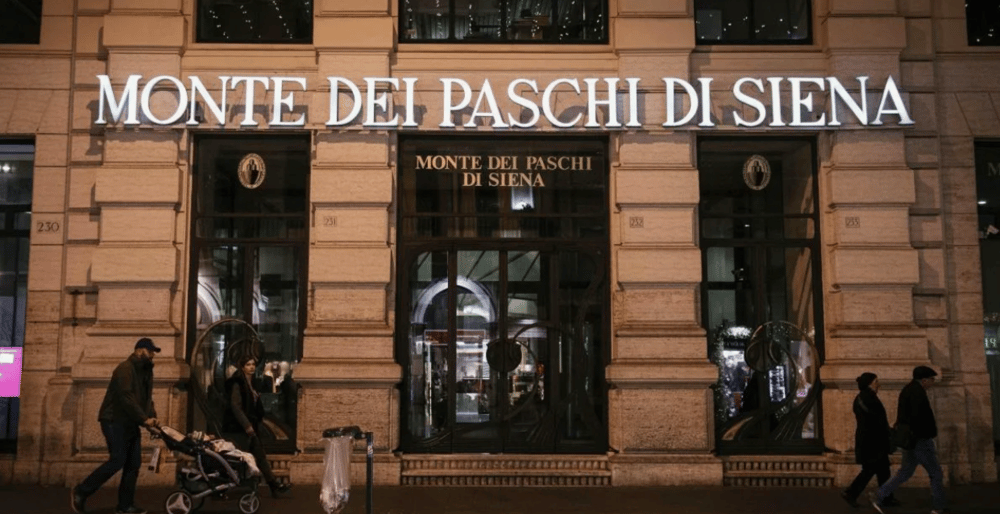
Consider the following numbered benefits associated with this strategy:
1. Enhanced operational efficiency through the consolidation of banking processes and cost optimization
2. Expanded credit and financial capabilities, potentially enabling the handling of larger-scale transactions on an international level
3. Increased attractiveness to institutional investors, driven by an overall enhancement in the bank’s credit profile
4. Mitigation of operational risks via diversification of responsibilities across the merged banking units
5. Seamless integration of modern digital technologies, offering a competitive edge in today’s era of financial digitalization
This multi-pronged strategic approach aims to streamline operations, better manage risk, and harness technology to drive competitiveness. Nonetheless, the successful execution of such a plan hinges on addressing both internal challenges and broader market dynamics inherent to the Italian banking system and the global economic landscape.
Potential Pitfalls and Unforeseen Difficulties
Despite the promising aspects of the proposed merger, several potential obstacles could complicate its implementation. Market uncertainty and intricate regulatory environments create pitfalls that must be navigated with care. Key concerns include:
• Potential resistance among shareholders due to heightened uncertainty
• The risk of strained relationships with regulatory authorities, possibly leading to increased scrutiny
• Integration challenges related to IT infrastructure and harmonizing operational systems
• Unpredictable responses from competitors within an already competitive financial landscape
• The influence of global economic trends on interest rates and market liquidity

Each of these issues demands meticulous consideration, as overlooking any could significantly slow down or even derail the merger process. Industry experts are closely monitoring these factors, developing scenarios that may enable both banks to steer through the turbulent waters of modern finance successfully.
Outlook and Future Strategic Directions
This recent proposal has ignited a robust debate among financial analysts regarding the future direction of Italy’s banking industry. Amidst ongoing market volatility and ever-shifting economic indicators, the fate of Monte dei Paschi di Siena and Mediobanca stands as a critical measure of innovation in banking. While challenges abound, the potential for transformative change remains significant.


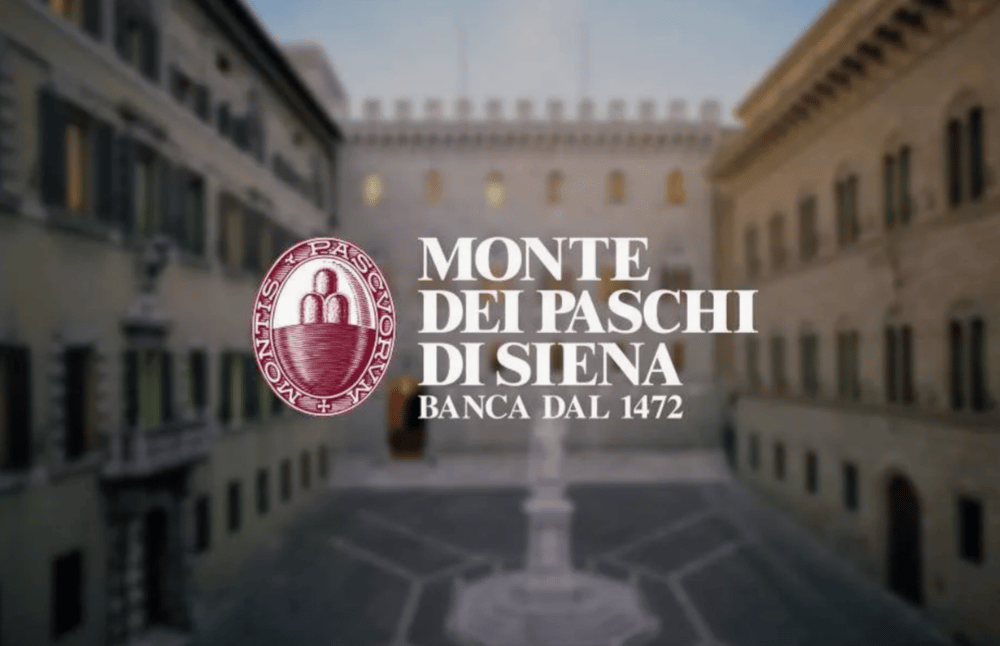
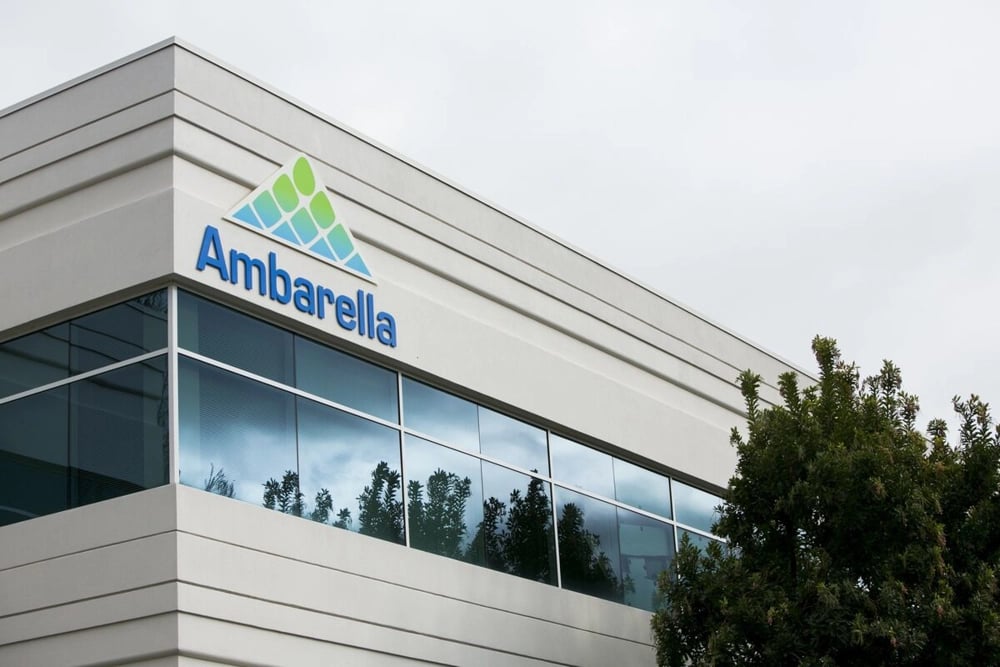




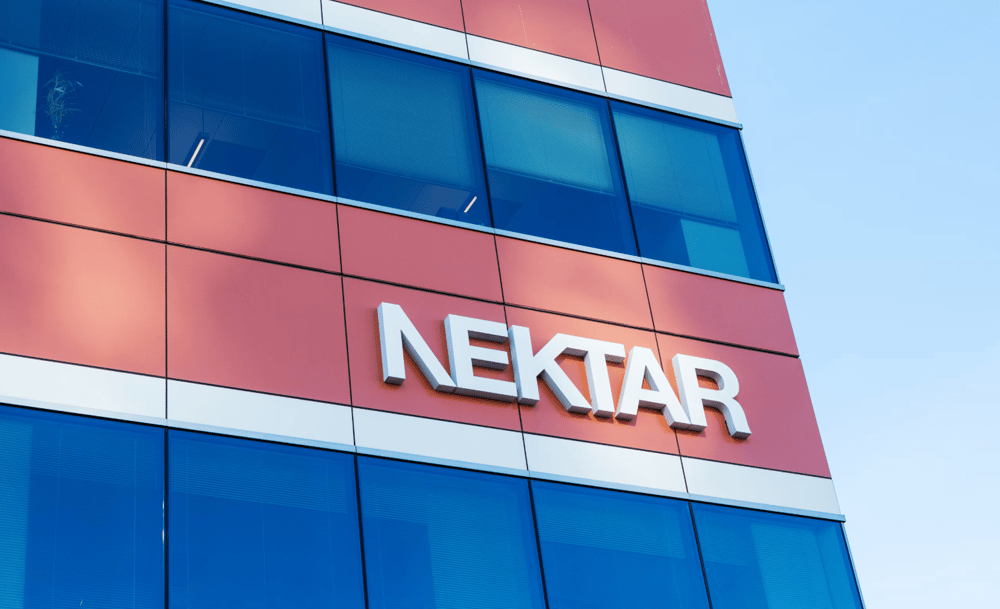
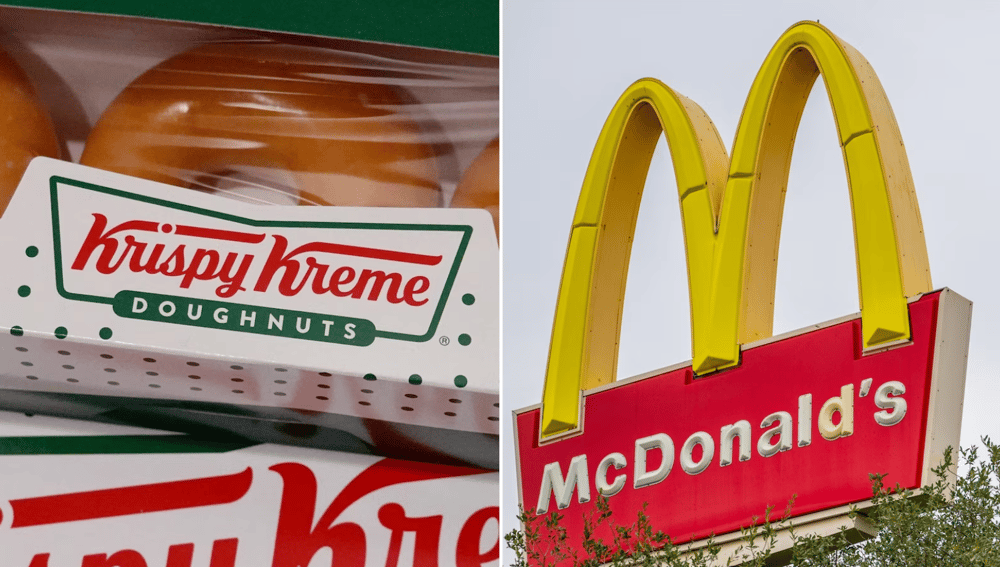
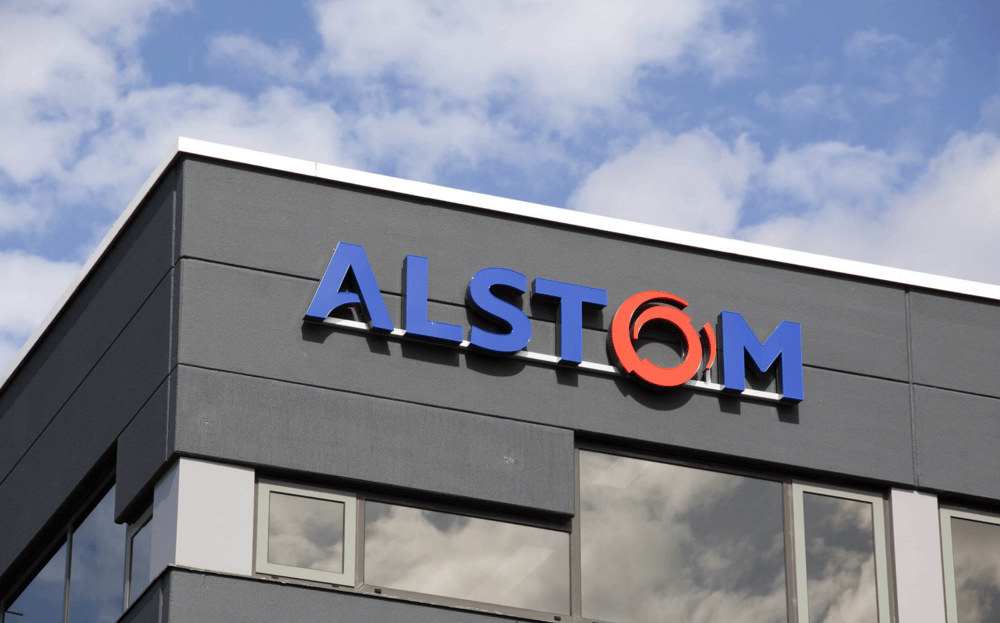
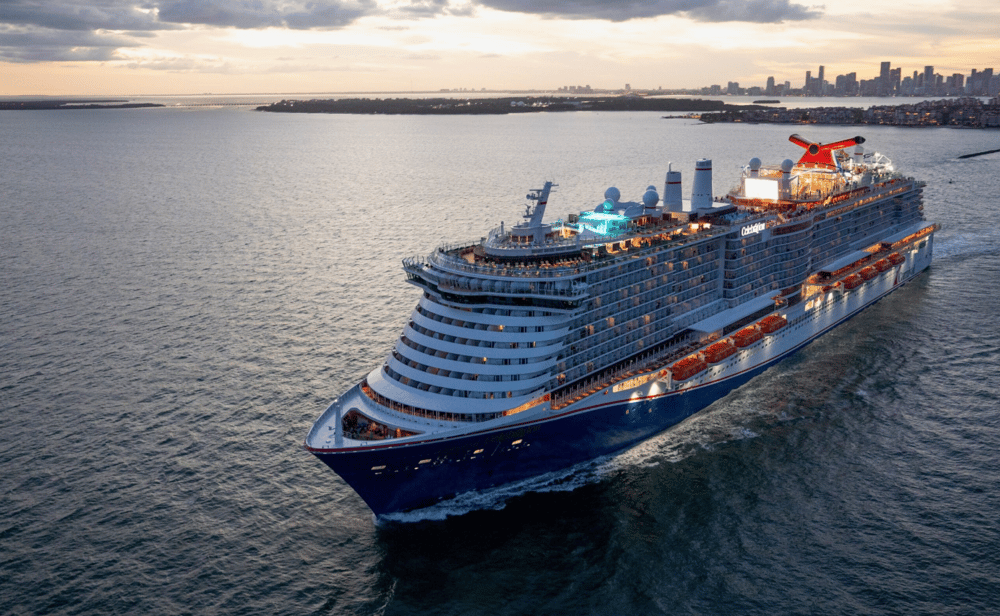



Comments